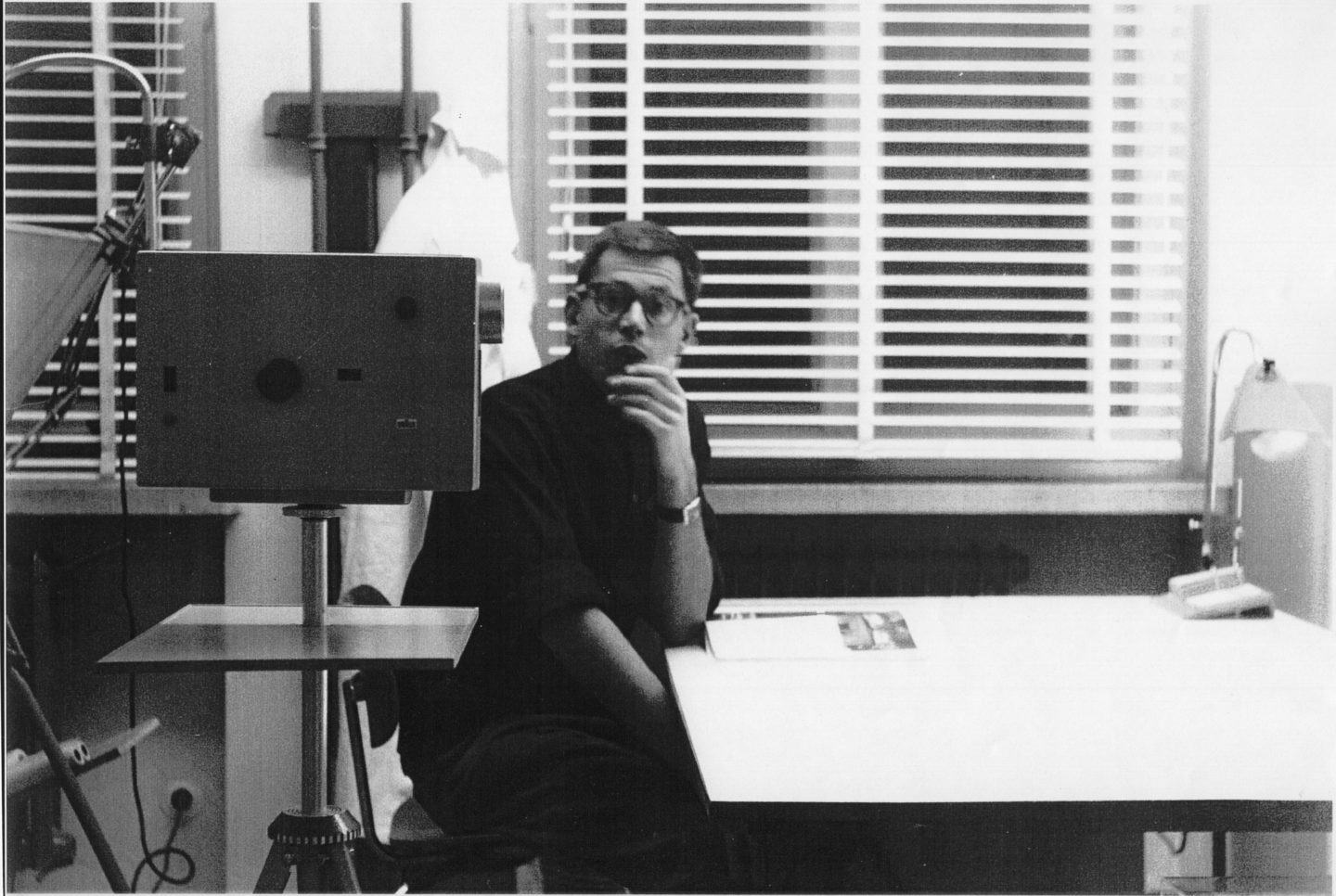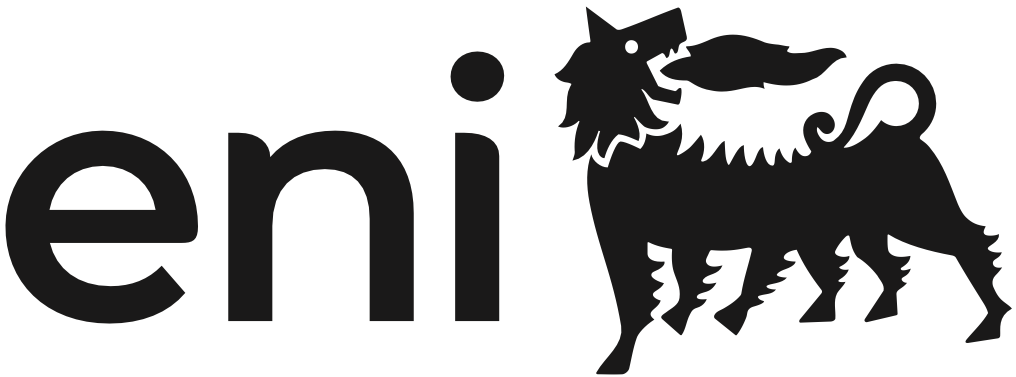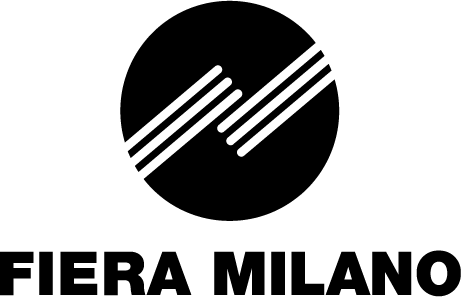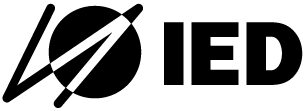Concept
How should our world be designed in the future so that it can still survive? ADI Design Museum addresses this highly topical issue through an in-depth look at the work of German industrial designer Dieter Rams, who throughout his career created products that still exert considerable influence on young designers.
Rams was never only interested in the form of everyday objects, but also reflected on the meaning of such products for the user and for society as a whole. At a time when conserving resources and protecting the environment have become the fundamental challenges for humanity, Rams’ work is more relevant than ever. It represents a design approach that he described as less, but better. In the second half of the 20th century, he designed more than 350 products for appliance company Braun and furniture manufacturer Vitsœ that were-and continue to be-used daily by hundreds of thousands of people around the world.
“Rams is more than a historical example and a cornerstone of the European conception of design,” comments Luciano Galimberti, President of ADI – Association for Industrial Design. “His professional and ethical perspective, which placed design in the broader context of industrial society, is a valuable trace for today’s designers, who face under unprecedented conditions a problem of all time: that of getting objects to agree with the human context. Rams’s famous phrase – ‘Good design is as little design as possible’ – is not a call for minimalism, but for broadening the sphere of design to the whole of society: a pointer that is deeply relevant today.”
Repeating Rams’ words, “What does it mean to look forward? First and foremost it is about looking back. For me, looking forward has always been part of the design process and the attitude we had toward the products created at Braun and Vitsœ, which were constantly evolving. It is not the continuation of a particular style of product, but an approach and an attitude, a way of thinking about the future of things. Designers should always aim to change the world for the better, even if only slightly, because the world will not improve on its own. The product itself no longer occupies a central role, and design involves new structures of behavior. The precarious conditions of the environment and climate, combined with the fragility of the global economy, require a new attitude toward things. I would like to see designers who learn from the past and understand the present. This is how we can design the future.”
An exhibition by Dieter and Ingeborg Rams Foundation, Kronberg i. Ts, curated by Klaus Klemp. The exhibition design is by Mario Lorenz, Lars Staack, DESERVE, Wiesbaden / Berlin with Dieter Rams, installation by inditec GmbH, Bad Camberg, photos by
ngeborg Rams-Kracht, Andreas Kugel, Tim Rautert, Sebastian Struch, Sabine Schirdewahn, Marlene Schnelle-Schneyder, Abisag Tüllmann, and thanking Sophie Lovell.
Studio Lovell, DeLonghi Group, FòrderkreisBraunSammlung, Vitsœ, Phaidon, Inditec, museumangewandtekunst are thanked for the realization of the exhibition.
The exhibition is produced in collaboration with the Scuola Del Design del Politecnico di Milano.








